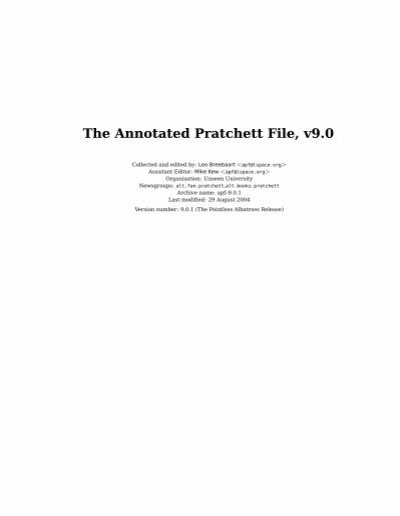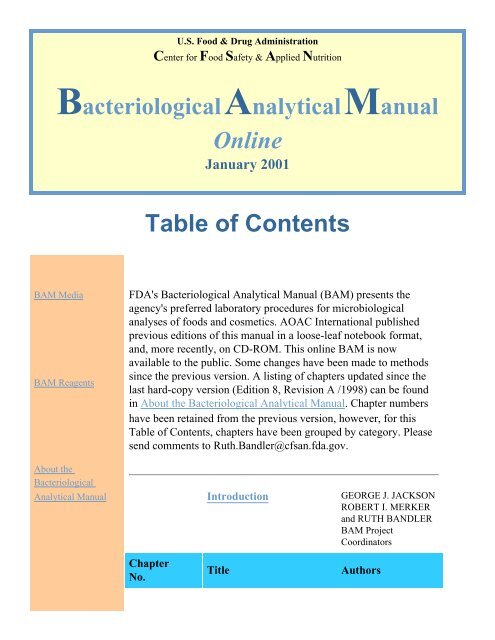Apple's macOS Developer Preview comes in an Apple DMG archive which cannot readily be accessed on Windows PCs, without DMG Extractor to extract the files from the DMG archive.
- Geographic disparities in physical activity may be driven in part by environmental factors in rural communities that limit opportunities to be active, including poor quality, limited availability, and inadequate access to recreational facilities, as well as geographic and topographic features that inhibit active living and transportation 4,5.
- After the installation of virtual box in windows, start it and and click on new button to create a new virtual machine. Give it the name of Mac OS and set operating system as:-“Mac OS X server” that must be 64bit. After assigning the name and version, click on next button and specify the RAM that you want to give for this new virtual machine.
If you're a Windows user and you want to run macOS Developer Preview, you'll need DMG Extractor to extract the Developer Preview.app or the InstallESD.dmg file in the same way that you'd open any DMG file on Windows.

So, because we offer programming at Jack James that are not offered in other schools we are able to give in class support by appointment. As I have been saying in my classes, if a student wants to come in to work in class all they have to do is send me an email at kjmaclean@cbe.ab.ca requesting the time and date they wish to come in for some support. ALDHOUSE-GREEN, Miranda; 2004. An Archaeology of images. Iconology and cosmology in Iron Age and Roman Europe.
macOS / OS X Developer Preview is available on Apple's website for registered developers, and it's possible to run it on a Windows PC under certain conditions.

How to run OS X on a Windows Hackintosh
Installing Mac OS on a non-Mac PC is a tricky task, even for technical users. MacBreaker has a complete myHack guide which may be helpful. More helpful instructions and tutorials on Hackintosh site.
How to run macOS on Windows with VMware
Sysprobs has an instructive guide to making OS X 10.9 bootable in VMware with a VMDK image, and describes how to boot Mavericks with Windows 7 or Windows 8. Check the guide here.
How to run macOS on Windows with a Parallels Desktop virtual machine
Installing OS X 10.9 Mavericks Developer Preview in a blank virtual machine is not supported at this time.
Parallels offers a complete KB article on how to upgrade an OS X Virtual Machine to OS X Mavericks Developer Preview by simply creating a snapshot of an existing virtual machine and installing Mavericks on that.
Have you used different virtual machines to boot Mac OS X on Windows? If you have any tips and tricks on how you can easily get the OS X 10.9 Mavericks Developer Preview on a virtual machine please share them below.
Apple® has made huge inroads with Mac® systems over the last decade. Mac laptops and desktops have become a popular choice across organizations of all sizes in what was once a market dominated by Microsoft® Windows® systems. However, while Macs have become a common sight in the modern office, Microsoft Active Directory® (AD) has remained the identity provider.
Managing Macs with Active Directory presents challenges. Microsoft never designed AD to support Macs in the same way as Windows, nor are they interested in doing so. As the IT world shifts away from Windows to macOS® and Linux®, a significant number of IT admins want to know the best practices for integrating Macs with Active Directory.
Mac Management with Active Directory Falls Short
IT organizations have traditionally leveraged AD as their identity provider as well as their choice for managing Windows devices. AD offers a number of user and device management capabilities for Windows users and systems. However, the majority of these management capabilities aren’t available for Mac (or Linux). This presents a few major issues for IT admins.

The first issue is the lack of full control and management for macOS users. In large part, user management capabilities are limited to user authentication and password management. That means admins often have to implement third party add-ons to have the same level of control for Mac systems as they do for Windows endpoints in a pure AD environment. This not only adds a lot of complexity to user management, but also substantial added costs.
The other issue is the lack of device management capabilities for macOS systems. For example, one of the most powerful is AD’s Group Policy feature. Group Policy refers to a device management feature that enables IT admins to deploy commands and scripts to lock down aspects of the system itself. This could entail setting a screen lock timer or automatic OS updates. Microsoft calls these commands and scripts Group Policy Objects (GPOs).
While GPOs are certainly powerful tools, their effectiveness comes down to two factors. For one, they can only be applied to Windows systems. The other factor is systems must be directly bound to the AD domain. That doesn’t bode well for Macs.

Active Living 9mr. Mac's Virtual Existence -
The lack of GPOs for macOS endpoints in an AD environment is only a side effect of a larger problem. While it is easy to forget in the modern heterogeneous IT world, Windows and macOS are competing operating systems. Therefore, it is safe to assume that Microsoft will not be delivering system management capabilities for macOS systems on the same level as Windows endpoints any time soon.
Microsoft is not all that interested in providing support for a competing operating system like macOS. So if you have an organization that is deeply entrenched with AD, yet you’ve got a fleet of Macs to manage, the question has become, “What are the best practices for integrating Macs with Active Directory?”
Active Living 9mr. Mac's Virtual Existence Reality
Secure Remote Work
On demand webinar - Get real-world tips to modernize your tech stack & improve remote security with a former General Electric CIO & a RedMonk analyst.
Options for Integrating Macs with Active Directory
Currently, there are three major options for integrating Macs with Active Directory.
Option 1 is to manually connect Macs to AD. This can be done through some configurations and settings. It isn’t necessarily easy, nor scalable, but it can be done. What you don’t get is deep management capabilities as well as the concept of GPOs for Macs nor the full user management capabilities as you do with AD for Windows devices.
Option 2 is to leverage a legacy directory extension technology. These solutions are enterprise-caliber tools that integrate with the on-prem AD server. These solutions are often expensive and further solidify the identity management architecture on-prem, often as IT organizations are making the leap to the cloud.
Option 3 is to utilize a cloud identity bridge. The JumpCloud® Active Directory Integration that comes as part of Directory-as-a-Service® offers a particularly interesting example. This lightweight approach connects AD identities to virtually any resource that can’t be directly bound to the Active Directory domain. That can include not only Mac devices, but remote Windows machines, Linux servers at AWS, True Single Sign-On™ to web applications, WiFi authentication via RADIUS, and much more. This integration with AD federates to a cloud hosted directory service. As part of that directory service, IT admins can have full user and device control over their Mac fleet.
So What is the Best Practice?
Cloud identity bridges offer the greatest flexibility and allow an IT organization bound to AD to be more agile and adaptable as the modern office continues to evolve. AD Integration is unique in that it also offers GPO-like capabilities native to the functionality of Directory-as-a-Service. That means IT admins can set policies on Mac and Linux machines while AD remains the authoritative IdP.
If you would like to know more about the best practices for integrating Macs with Active Directory, drop us a note. You can also sign up for an account and start extending AD today to your Mac fleet. Feel free to contact us if you have any questions.
